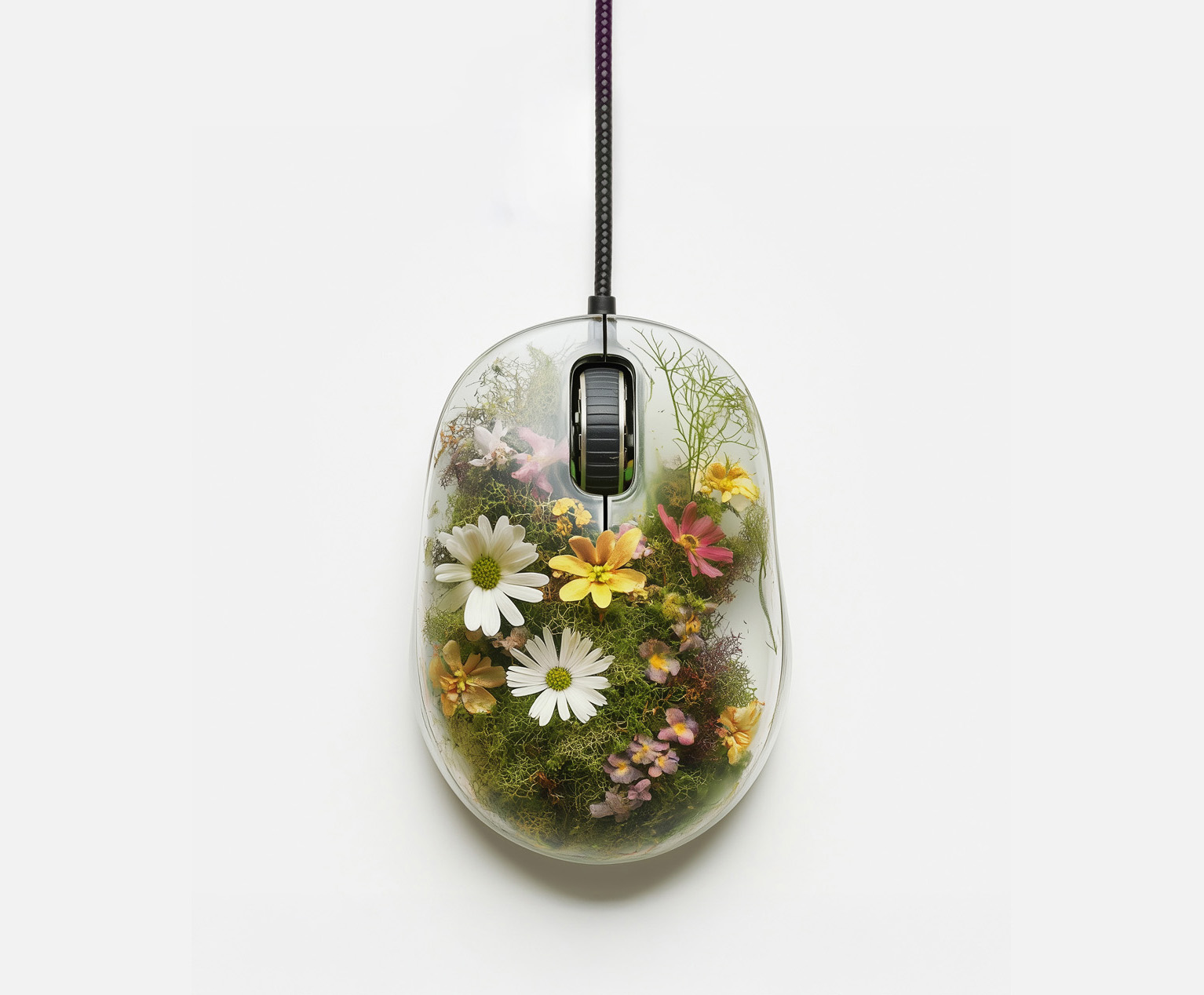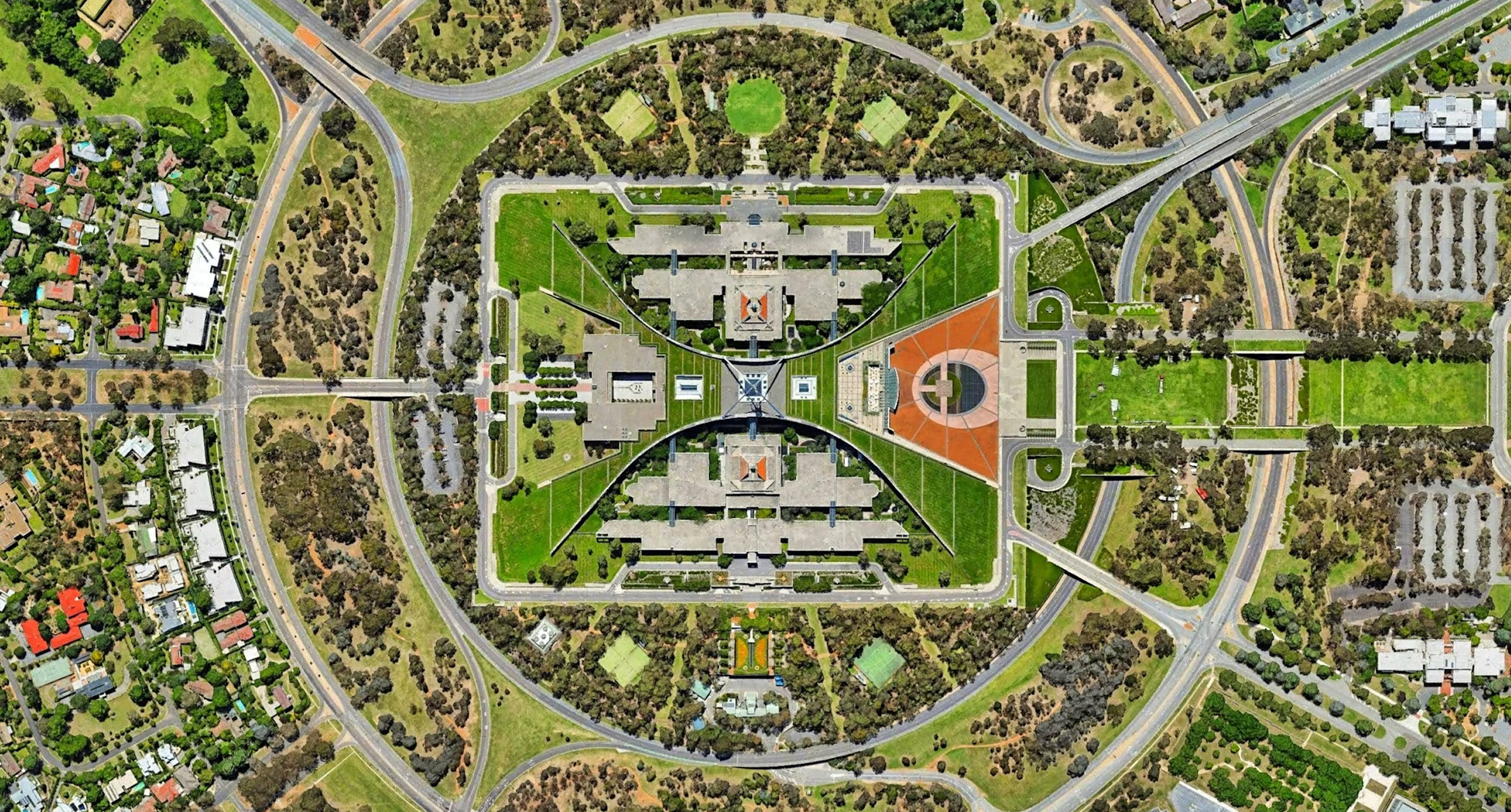
Insights
Intelligent care
Designing smarter systems to support at-home care
By
—
21
Feb
2024
Recently, thirteen23 had the opportunity to develop a series of design solutions for aging adults. As part of this effort, we identified a number of use cases where technology can play an active role in improving the lives of this often overlooked population.
As noted in our previous post, nearly a quarter of the U.S. population will be 60 years of age or older by 2029. By most estimates, this will include more than 75 million people in the United States [1].
These individuals will all be entering the second half of their lives, a time when additional care and support becomes increasingly important.
Aging in place
As people age, they tend to want to stay in their own homes, maintaining their independence by relying on friends and family for support. Add to this the rising cost of care, and it’s no wonder that more and more aging adults are remaining at home.
Often referred to as “aging in place,” this concept raises concerns about safety, mobility, and daily tasks that require thoughtful consideration and planning to continue living at home.
Falls, in particular, are one of the biggest concerns for families when there isn’t close supervision or nearby care.
The health risks of falling
According to the Centers for Disease Control and Prevention, falls are the leading cause of injury-related death for people age 65 and older [2].

Even minor falls can pose significant health risks, leading to disabling injuries or psychological problems that can affect independence. In fact, falls are responsible for more than 3 million injuries each year, resulting in an emergency room visit every 11 seconds [2,3].
What's more, the fear of falling can have a negative impact on both physical health and social engagement. As a result, monitoring and detecting falls can significantly reduce the risk of developing serious health problems later in life.
Monitoring and detection
Fall detection systems are designed to alert families and caregivers when there is a problem or a fall has occurred. These systems not only increase the independence and safety of older adults, but also reduce the physical demands of caregiving by minimizing the need for constant supervision.
Research in this area has increased dramatically in recent years, resulting in products designed to detect and, in some cases, prevent more serious falls with advances in AI opening up even more possibilities for personalized care.
In general, detection systems fall into one of three categories: wearable, visual, ambient, or a combination of the three.
Wearable sensors
Wearable sensors can be integrated into wristbands, watches, or pendants and are designed to detect sudden movements or orientations that may indicate a fall. These often include accelerometers and gyroscopes to measure changes in speed and orientation, but they're also capable of tracking vital signs, activity levels, and other health-related metrics. And because they are worn on the body, they can provide continuous monitoring, detecting even small changes over time.
One emerging class of wearable sensors are smart insoles that can be inserted into shoes to further monitor and measure changes in gait.

Visual sensors
Visual sensors monitor spaces for unusual activity, changes in behavior, or postures that begin to resemble a fall. Placed in strategic locations, these sensors can cover large areas while also providing a visual verification of incidents.
Smart cameras fall into this category, but there are other technologies that provide the same monitoring capabilities without using high-resolution images, limiting the sense of surveillance or privacy concerns.

Ambient sensors
Ambient sensors detect changes in the environment that may indicate a fall, such as sudden sounds (audio sensors) or a person’s absence from expected areas of the home (motion or pressure sensors). While they typically don't detect the fall itself, ambient sensors can signal anomalies in routines or the home environment, providing contextual data that may indicate a problem.
However, recent research from MIT shows that low-power radio and signals such as WiFi, coupled with machine learning, can also be used to monitor posture and detect falls, even through walls.

The future of aging at home
Historically, the “smart home” industry has focused on home automation, monitoring, and security. But there’s a much larger opportunity when it comes to health, environment, and personal care.
Similarly, while fall detection systems have traditionally focused on monitoring and detection, neural networks and machine learning promise to deliver more personalized care. So much so that we are already beginning to design systems that learn from and adapt to an individual's unique health and emotional needs.
Imagine devices that work locally, are private and secure, but provide continuous monitoring and 24/7 care. Or personal assistants that not only remind patients to take their medication, but also dispense the correct dose according to a doctor's prescription.
Systems like these have the potential to provide more holistic care by keeping remote caregivers in the loop, but also by allowing them to track and analyze health over time to provide more preventative care.
Balancing technology with human care
Still, with all of this new technology, it’s important for us to remember the role that empathy and human touch play in providing essential care.
While technology can improve the efficiency, accuracy, and accessibility of healthcare, it will never replace the compassion, understanding, and emotional support that comes from simple, human interaction. Nor should we want it to.








































